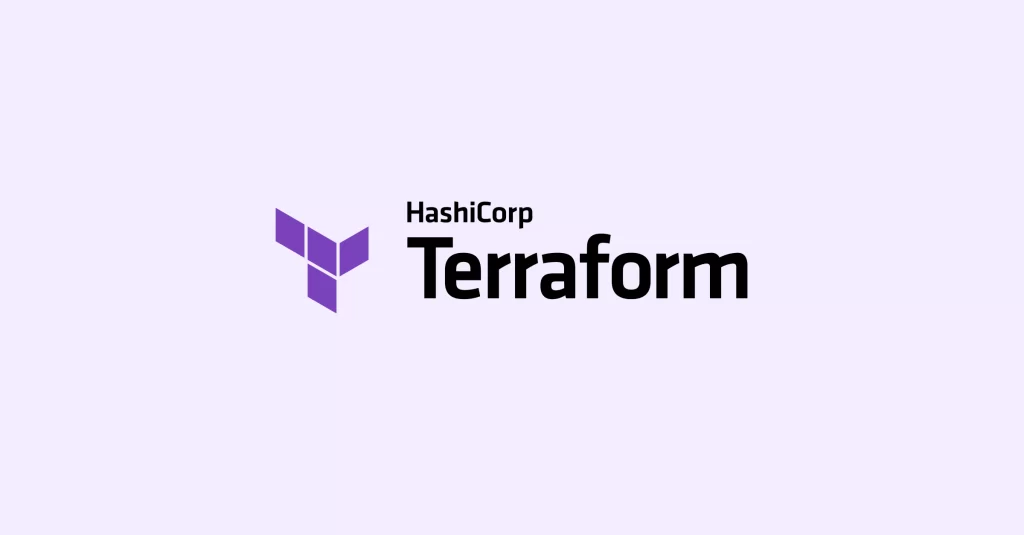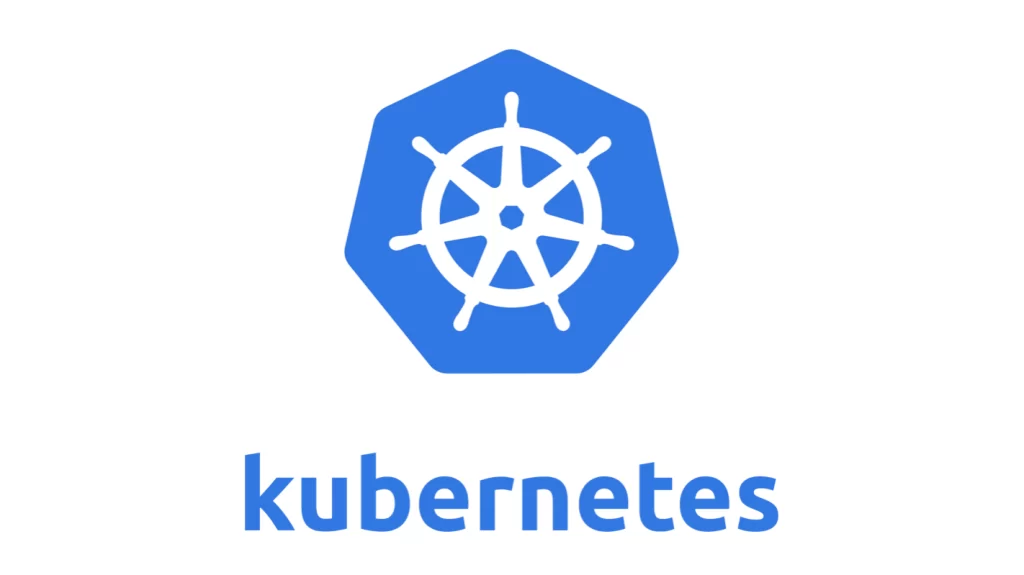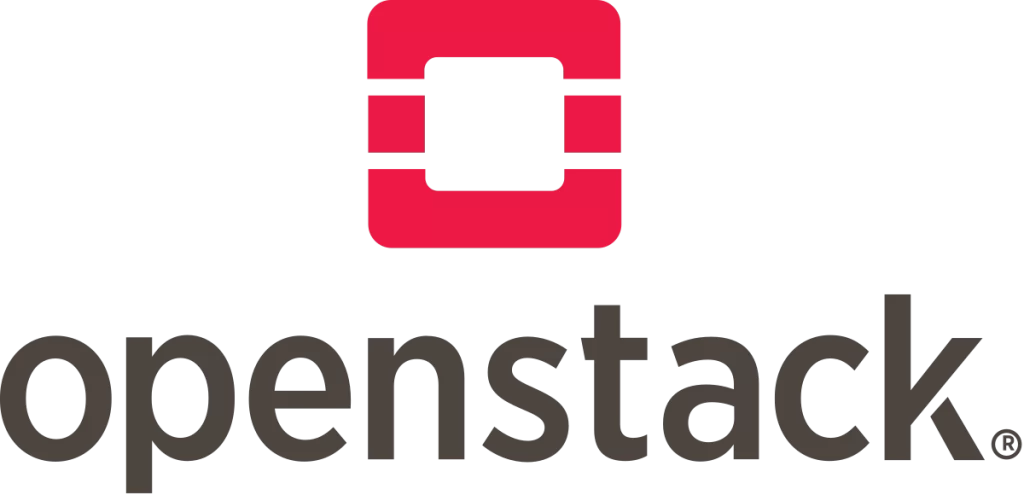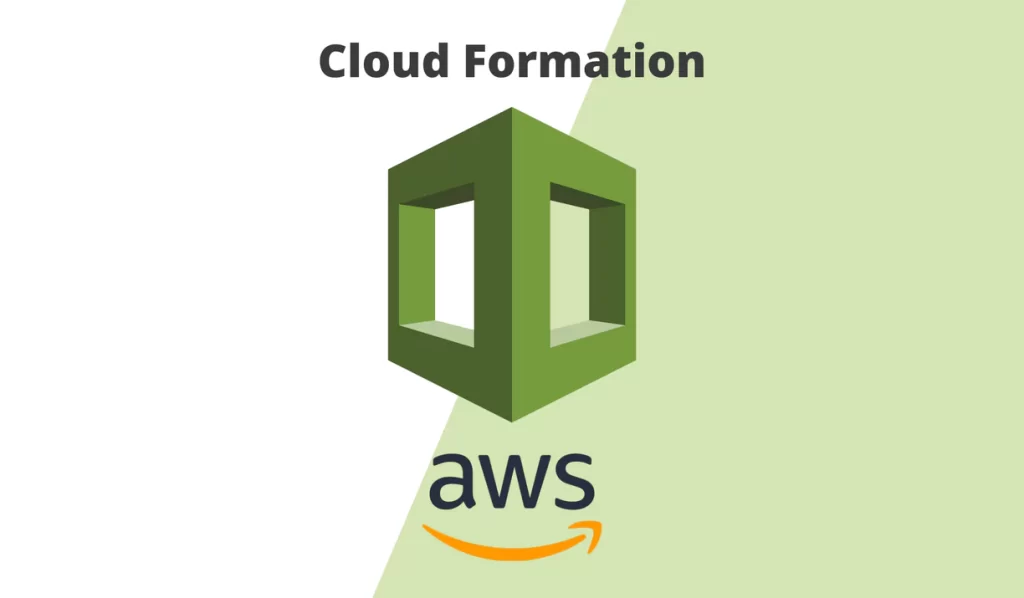In the dynamic realm of modern technology, cloud orchestration emerges as a guiding light for efficient and streamlined operations. This comprehensive guide unveils the essence of effective cloud orchestration, offering a clear path to harness its potential.
As businesses migrate to cloud environments, the need to seamlessly manage diverse resources intensifies. Cloud orchestration empowers organizations to choreograph this complexity, ensuring applications and services perform harmoniously. By automating tasks and optimizing workflows, teams can achieve a symphony of efficiency.
So, how does one embark on this journey of orchestration mastery? This guide will delve into the core components of orchestration, the tools that elevate it, and the best practices to compose success. Welcome to the world where cloud orchestration orchestrates success.
An Overview
This first section of the guide will delve into the fundamental principles of cloud orchestration, breaking down its core components and shedding light on the pivotal role it plays in modern cloud management. Get ready to explore the symphony of efficiency and control that cloud orchestration can bring to your organization.
What is cloud orchestration?
Cloud orchestration is the conductor of the cloud computing world. It’s the art of meticulously arranging and managing diverse cloud resources, applications, and services to work seamlessly together. Think of it as orchestrating a well-choreographed dance among virtual machines, databases, networks, and more.
In this symphony of technology, cloud orchestration ensures that each component knows its part and timing. It’s about automating complex processes, guiding them with precision and agility. Instead of manual interventions, orchestration scripts and workflows dictate how tasks unfold.

Consider deploying a new application. With cloud orchestration, this process becomes effortless. It orchestrates the provisioning of necessary resources, the installation of software, and the setup of networking components. The result? A harmonious performance without the discord of manual errors.
Cloud orchestration doesn’t stop at deployment. It continuously monitors the health and performance of resources, adapting to fluctuations in demand. If an application’s load spikes, orchestration scales up resources instantly to maintain optimal performance.
In essence, cloud orchestration is like having an efficient stage manager behind the scenes, ensuring every aspect of your cloud environment functions in harmony. It’s a vital skill in the modern cloud landscape, empowering businesses to meet challenges with orchestrated precision.
Cloud orchestration’s importance
The significance of cloud orchestration resonates strongly in today’s digital landscape. The swift growth of the cloud orchestration market exemplifies its crucial role.
In 2020, the market surpassed $14.9 billion and is set to ascend to a remarkable $105.1 billion by 2030. This projection reflects an impressive compound annual growth rate (CAGR) of 21.4%. What drives this remarkable surge? The answer lies in the pressing demands of modern business operations.
Optimal resource utilization is at the core of cloud orchestration. Organizations seek to squeeze the utmost efficiency from their cloud investments. This practice minimizes waste and maximizes performance, a feat achieved by orchestrating resources precisely when and where they’re needed.
Furthermore, the necessity for self-servicing provisioning pushes cloud orchestration into the limelight. In a fast-paced world, waiting for manual setups is a thing of the past. Orchestration empowers teams to provision resources autonomously, reducing downtime and enabling agility.
And let’s not forget the allure of cost-effective processes and automation. The modern business landscape thrives on efficiency and competitiveness. By automating complex processes through orchestration, companies unlock cost savings while speeding up deployment and maintenance.
Recommended reading: 5 Essential Tools for Simplifying Cloud Infrastructure Management
4 Key Components of Cloud Orchestration
As businesses ascend to the cloud, mastering the art of cloud orchestration becomes paramount. This section unravels the mechanics, spotlighting the four pivotal components that compose the symphony of efficient cloud management.
Much like a skilled conductor overseeing an orchestra, effective cloud orchestration requires a deep understanding of its core elements. These components work in harmony, orchestrating a flawless performance of cloud resources, applications, and services.
Automation and Provisioning
One of the core pillars of effective cloud orchestration is the seamless fusion of automation and provisioning. This dynamic duo is akin to the conductor’s baton, setting the rhythm for orchestrated cloud operations.
Automation, in the context of cloud orchestration, is the power to choreograph tasks and processes with minimal human intervention. It’s the force behind the scenes, ensuring that routine and complex actions unfold flawlessly. From deploying virtual machines to configuring networking, automation streamlines these tasks, reducing the risk of errors and saving valuable time.
Provisioning, on the other hand, is about timely resource allocation. It’s the process of providing the necessary computing resources, like virtual machines, storage, and networks, to support applications and services. Effective provisioning ensures that resources are available when needed, optimizing performance and responsiveness.
In the realm of cloud orchestration, these components intertwine. Automation guides the provisioning process, dictating when and how resources are allocated. This dynamic duo not only enhances efficiency but also minimizes waste, as resources are allocated based on demand rather than remaining idle.
Imagine a scenario where a sudden spike in website traffic occurs. With cloud orchestration, automation detects the surge and provisions additional resources on-the-fly. This responsive scalability keeps the performance optimal, ensuring a seamless user experience.
Workflow Automation
In the grand symphony of cloud orchestration, the component known as workflow automation takes center stage. It’s the conductor’s score, guiding intricate sequences of tasks and actions into a harmonious performance.
At its core, workflow automation is about choreographing the flow of operations across the cloud landscape. This component streamlines complex processes by defining logical sequences and dependencies. Think of it as an invisible hand that guides tasks, ensuring they occur in the right order and with the right inputs.

Consider deploying an application in a multi-tier environment. Workflow automation simplifies this process by orchestrating the provisioning of resources, the setup of databases, the installation of software, and the configuration of networking. These steps, when automated, ensure consistency and accuracy.
In the context of cloud orchestration, workflow automation is like the musical score that directs each instrument’s entry, tempo, and volume. It eliminates manual intervention, reducing the chances of human error, and accelerates processes that would otherwise take significant time.
Moreover, the beauty of workflow automation lies in its repeatability. Once defined, workflows can be reused, promoting consistency across deployments and reducing the risk of discrepancies between environments.
Scalability and Resource Management
In the orchestra of cloud orchestration, the component of scalability and resource management plays a pivotal role. It’s the ability to adjust the volume of resources as the symphony of demand fluctuates.
Scalability is the power to expand or shrink resources in response to changing workloads. Imagine a sudden influx of website visitors or a spike in data processing needs. With cloud orchestration, resources can be dynamically allocated, ensuring that performance remains steady and users experience no hitches.
Resource management complements scalability. It’s the delicate art of overseeing cloud resources to optimize their usage and minimize waste. In a world where efficiency is paramount, this component ensures that no resource sits idle when it could be contributing to the melody.
In the context of cloud orchestration, scalability and resource management work hand in hand. When demand soars, orchestration scales up resources seamlessly. When demand recedes, orchestration scales down, avoiding unnecessary costs.
Consider a retailer’s online platform during a flash sale. With cloud orchestration, the platform scales resources upward to handle the surge in traffic. As the sale ends, resources are scaled down to conserve costs. This dynamic adjustment is orchestrated in real-time, creating a harmonious blend of performance and efficiency.
Scalability and resource management are the virtuosos of the cloud symphony. They ensure resources align precisely with demand, avoiding over- or under-provisioning. As we journey through this guide, remember that these components form the backbone of cloud orchestration, allowing businesses to maintain a dynamic balance in the ever-evolving cloud landscape.
Monitoring and Performance Optimization
Within the realm of cloud orchestration, the dynamic duo of monitoring and performance optimization serves as the guiding compass for flawless cloud operations. Their synergy ensures the harmony of resources, applications, and user experiences.
Monitoring is the watchful eye that never blinks. It involves continuous observation of cloud components, assessing their health, responsiveness, and overall functionality. Unlike a passive observer, cloud orchestration employs vigilant monitoring to proactively identify issues and potential bottlenecks.
This watchful role seamlessly merges with performance optimization. When monitoring detects performance gaps or resource constraints, orchestration springs into action. It dynamically adjusts resource allocations, fine-tunes configurations, and even scales resources to meet changing demands.
Recommended reading: Virtual Networking Demystified: Understanding the Basics and Benefits
Top 5 Cloud Orchestration Tools
When it comes to cloud orchestration, having the right tools can make all the difference in streamlining and managing complex cloud environments.
Terraform
One of the leading names in the realm of cloud orchestration tools is Terraform, a robust platform that simplifies the management of cloud resources.

Terraform operates on the principle of “infrastructure as code,” revolutionizing the way businesses handle cloud infrastructure. This concept entails defining and managing cloud resources through code-like configurations. As a result, manual setup and configuration become obsolete, replaced by an efficient and reproducible process.
This tool supports an array of prominent cloud providers such as AWS, Azure, and Google Cloud. Its flexibility empowers users to oversee resources across various clouds using a single set of configuration files.
The defining characteristic of Terraform lies in its declarative syntax. By outlining the desired state of the infrastructure, users allow Terraform to orchestrate the necessary changes to bring the actual infrastructure in line with the specified state.
An exceptional attribute of Terraform is its capability to manage intricate infrastructure setups. Users can leverage modules, which facilitate the encapsulation and reuse of configurations. This proves particularly useful when setting up complex systems. For instance, if creating a web application entails deploying a load balancer, multiple virtual machines, and a database, Terraform’s modular approach enables the creation of modules for each component. This simplifies the management, updates, and replication of the setup across different environments.
Terraform also excels in state management, keeping a comprehensive record of the resources it creates and manages. This feature empowers users to make modifications to the infrastructure without causing any disruptions.
Furthermore, Terraform extends its capabilities beyond mere resource provisioning. It seamlessly integrates with continuous deployment and continuous integration pipelines, thereby automating the complete development lifecycle.
Kubernetes
Another standout tool in the realm of cloud orchestration is Kubernetes, a powerful platform that leverages containerization to manage and orchestrate applications.

Kubernetes simplifies the deployment, scaling, and management of containerized applications. Containers package all the necessary components for an application, including code, runtime, system libraries, and settings, ensuring consistent and reliable performance across various environments.
With Kubernetes, users define the desired state of their applications using configuration files. The platform then automatically ensures that the actual state matches the specified state, making deployment and management highly efficient.
Container orchestration is a key feature of Kubernetes, enabling users to manage clusters of containers seamlessly. These clusters can span across multiple machines, making it easier to scale applications as needed.
Kubernetes provides automated load balancing, efficiently distributing incoming traffic to different instances of an application. This enhances performance and prevents any single instance from becoming overloaded.
Scaling is another highlight of Kubernetes. It offers both manual and automatic scaling options. Automatic scaling adjusts the number of instances based on metrics like CPU usage, ensuring optimal resource utilization.
For rolling updates and rollbacks, Kubernetes offers smooth transitions between different versions of applications. This ensures that updates are applied without causing disruptions to user experiences.
Moreover, Kubernetes supports self-healing. If a container or node fails, Kubernetes automatically replaces it with a new instance, maintaining the desired state of the application.
The extensibility of Kubernetes is noteworthy as well. Users can add custom functionality through plugins and extensions, tailoring the platform to their specific requirements.
OpenStack
OpenStack stands as a comprehensive open-source platform for cloud orchestration and management, catering to a wide range of cloud-related needs.

OpenStack offers a collection of interrelated projects, each focusing on different aspects of cloud infrastructure. These projects cover areas like compute, storage, networking, and more, providing a holistic solution for managing diverse cloud resources.
In terms of compute, OpenStack provides a project called Nova, which enables users to create and manage virtual machines on demand. This scalability is crucial for accommodating changing workloads efficiently.
For storage, Cinder offers block storage services, while Swift provides object storage capabilities. These projects enable users to store and retrieve data seamlessly, catering to various storage requirements.
Neutron, the networking component, offers features like network virtualization, load balancing, and firewall services. This ensures that networking configurations align with application requirements.
A defining feature of OpenStack is its Horizon dashboard, which offers a web-based graphical interface for managing and monitoring cloud resources. This user-friendly interface enhances the accessibility and usability of the platform.
Furthermore, OpenStack emphasizes the concept of tenants or projects, enabling users to manage their resources and access controls independently. This multi-tenancy approach is particularly beneficial for businesses with multiple teams or clients sharing the same cloud infrastructure.
One of the standout characteristics of OpenStack is its adaptability. Users can tailor the platform to their specific needs by choosing the projects they require. This modularity ensures that resources are allocated efficiently, without unnecessary overhead.
However, due to its comprehensive nature, setting up and managing OpenStack can be complex. It often requires a good understanding of cloud infrastructure and operations.
Google Cloud Deployment Manager
Google Cloud Deployment Manager emerges as a powerful tool within the realm of cloud orchestration, specifically designed to simplify the deployment and management of resources on the Google Cloud Platform (GCP).

This tool allows users to define cloud infrastructure and services through declarative configuration, specifying the desired state of the resources. The platform then automatically handles the process of provisioning and managing these resources in alignment with the specified configurations.
One of the major advantages of Google Cloud Deployment Manager is its tight integration with GCP services. This ensures that users can seamlessly orchestrate the deployment of services such as Compute Engine instances, Cloud Storage buckets, and BigQuery datasets.
The tool employs templates for resource definition, making it easier to create consistent and reproducible configurations. Templates can be written in either YAML or Python, providing flexibility in defining resource structures.
Parameterization is a notable feature of Google Cloud Deployment Manager. Users can make templates more dynamic by using parameters, allowing them to customize deployments for various environments or use cases.
With its dependency management capabilities, the tool ensures that resources are deployed in the correct order to avoid conflicts or errors. This simplifies the orchestration process and minimizes the likelihood of deployment issues.
Google Cloud Deployment Manager also supports preview and update functionality. Before committing to changes, users can preview how modifications to the configuration will impact the deployment. This preventive approach helps in catching potential issues before they arise.
For enterprises seeking repeatability in their cloud infrastructure setup, Google Cloud Deployment Manager offers significant benefits. It allows users to recreate entire environments as needed, ensuring consistency and reliability across different stages of development and production.
AWS CloudFormation
AWS CloudFormation emerges as a prominent player in the realm of cloud orchestration, offering a powerful toolset for provisioning and managing resources on the Amazon Web Services (AWS) platform.

AWS CloudFormation operates on the concept of infrastructure as code, allowing users to define their cloud resources and configuration in a template format. This declarative approach ensures that the actual cloud infrastructure aligns precisely with the desired state.
Users can create templates using JSON or YAML, providing a straightforward means of defining resources such as Amazon EC2 instances, Amazon S3 buckets, and AWS Lambda functions.
A key advantage of AWS CloudFormation lies in its stacks concept. A stack is a collection of AWS resources created and managed together as a single unit. This grouping simplifies the management of complex applications and environments.
Change sets are another crucial feature. Before making modifications to a stack, users can preview the proposed changes and assess their potential impact. This proactive approach helps in preventing unintended consequences.
Moreover, AWS CloudFormation supports stack updates, enabling users to modify existing stacks without tearing down and recreating resources. This enhances efficiency while maintaining the continuity of services.
Stack policies provide granular control over resource updates, allowing users to specify which resources can be modified and under what conditions. This ensures that critical resources remain unchanged while permitting updates to non-essential components.
The tool also integrates seamlessly with other AWS services, such as AWS Identity and Access Management (IAM), allowing for robust security configurations.
FURTHER READING: |
1.Virtual Machine Host 101: Everything You Need to Know |
2.How to Choose a Web Hosting Provider That Meets Your Needs |
3. How Virtualized Infrastructure Transforms IT Operations |
Leverage 1Byte’s strong cloud computing expertise to boost your business in a big way
1Byte provides complete domain registration services that include dedicated support staff, educated customer care, reasonable costs, as well as a domain price search tool.
Elevate your online security with 1Byte's SSL Service. Unparalleled protection, seamless integration, and peace of mind for your digital journey.
No matter the cloud server package you pick, you can rely on 1Byte for dependability, privacy, security, and a stress-free experience that is essential for successful businesses.
Choosing us as your shared hosting provider allows you to get excellent value for your money while enjoying the same level of quality and functionality as more expensive options.
Through highly flexible programs, 1Byte's cutting-edge cloud hosting gives great solutions to small and medium-sized businesses faster, more securely, and at reduced costs.
Stay ahead of the competition with 1Byte's innovative WordPress hosting services. Our feature-rich plans and unmatched reliability ensure your website stands out and delivers an unforgettable user experience.
As an official AWS Partner, one of our primary responsibilities is to assist businesses in modernizing their operations and make the most of their journeys to the cloud with AWS.
Conclusion
In the ever-evolving landscape of cloud computing, cloud orchestration emerges as the cornerstone of efficient and effective resource management. By unifying various components and automating intricate processes, businesses can achieve streamlined operations, enhanced scalability, and improved resource utilization.
As the cloud computing landscape continues to evolve, so does the importance of cloud orchestration. Businesses that embrace these tools and strategies stand to benefit from enhanced operational efficiency, improved cost management, and the agility to adapt to changing demands.

